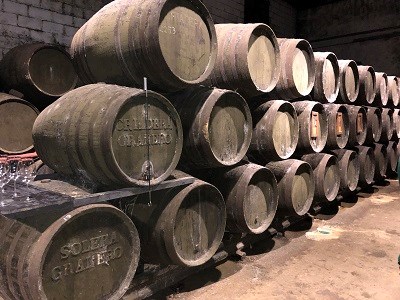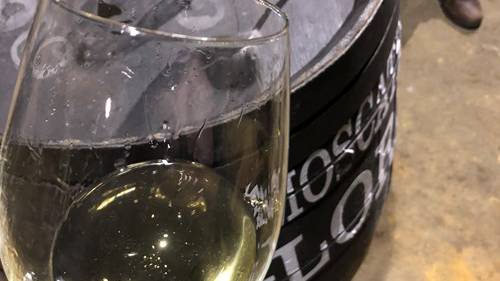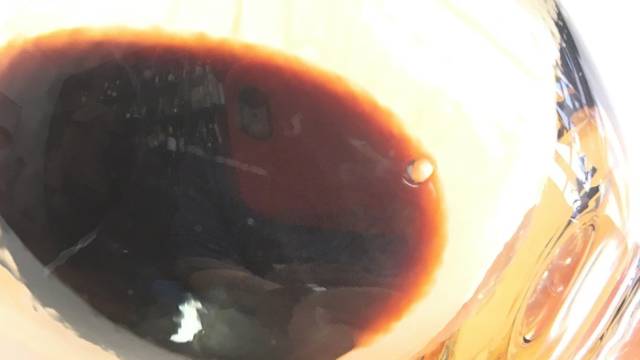Today, its effect is diluted, despite the fact that imaginary commercial actions are carried out in order to ease the consumption of the wines of the Marco. Rock has taken over a good handful of producers and consumers as part of an interesting campaign to add new consumers to the wines of El Marco, the old rockers. However, its capacity for change is diluted by not finding the desirable support among the institutions, nor in the large groups, capable of reaching a more generalist and therefore more voluminous consumer. If the big guys don't move, what can you expect from this whole phenomenon?
The crisis in Jerez is a crisis that has been going on for a long time, increased by the effect that Rumasa had on sherry wine when it introduced a cannibalistic commercial model into the market, based on an aggressive pricing policy and which forced the other big players to enter the game in order to counteract its effect. Rumasa has been gone for a long time, but this policy of unreasonably low prices remained and took its maximum splendour at the height of generic brand wines.
Generic brands, millions of litres sold below price
The phenomenon of private labelling is as interesting as it is destructive. The big wineries supply these wines to the big stores at unimaginable prices. We can find white label finos or manzanillas at prices around 2.3 euros including VAT. But what does this mean? Let's do the math: each bottle of fino or manzanilla sold has a special tax of 38 cents per litre (if the wine does not exceed the usual 15º of a fino or manzanilla; if it exceeds this graduation, the tax will rise to 64 cents per litre). These excise duties are added to the price of the wine and VAT is calculated on this (excise duty + price), which, to a certain extent, means double taxation. So, for a fino or manzanilla sold at 2.3€ if we subtract 21% VAT (0.483 cents), excise duty on alcohol (0.28 cents) and the percentage of the large retailer that sells it, which we calculate at around 20% (0.363 cents), we find that the winery has sold that bottle at a price of 1.17 euros. The price of the grapes, their production, which must be at least two years old plus the costs of printing, capsules, cork or stopper and labelling, should be passed on to this price. Surprised? No wonder.
To complicate matters even further, we are in a delicate commercial situation, with the United Kingdom having just left Europe, although this departure has not yet been reflected in all its splendour in sales to the British market, which is barely suffering a 3% drop but which aims to add up to considerable falls as time goes on until a commercial agreement is reached to stop the bleeding. The US and its threats around wine tariffs would also be a blow to the commercial aspirations of Marco's wines if they finally materialize. We'll know this soon enough.
With such a panorama, are we surprised to see these days the farmers taking the cities to claim a price that allows them to continue living off the land? More than a whimper it should be a heart-rending cry!
Opportunities in a rather pessimistic scenario

 Log in
Log in








